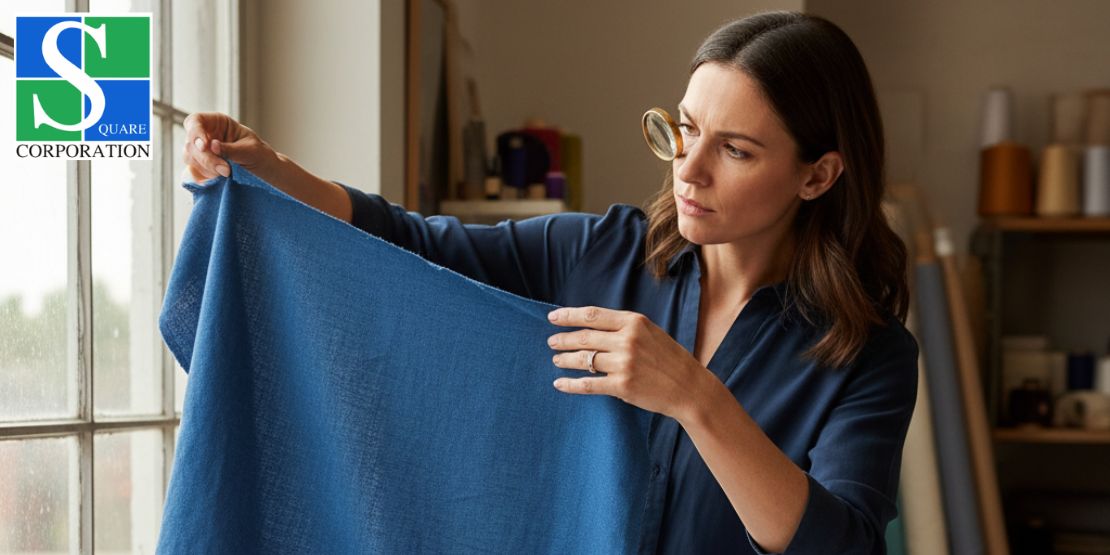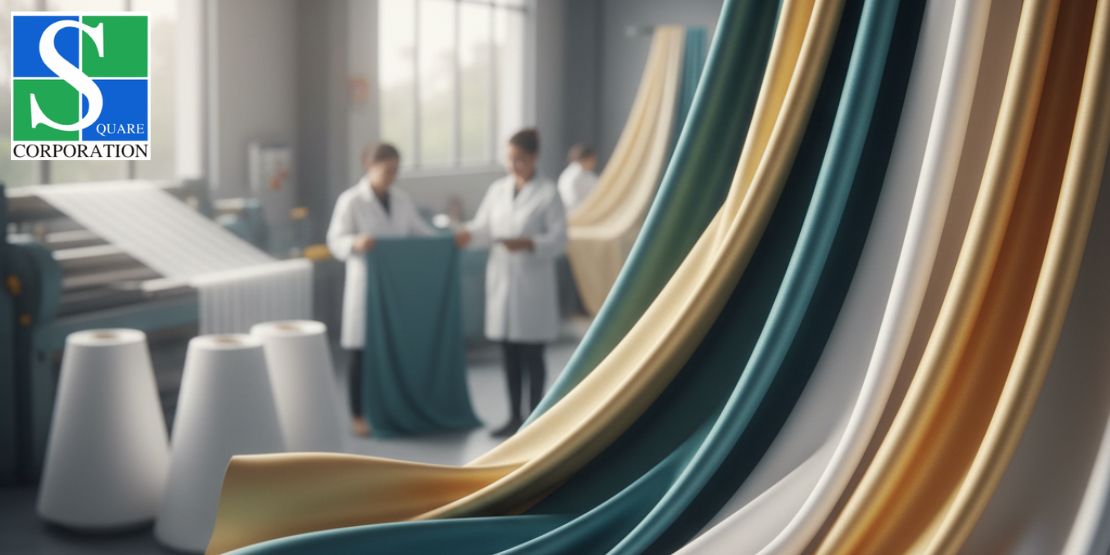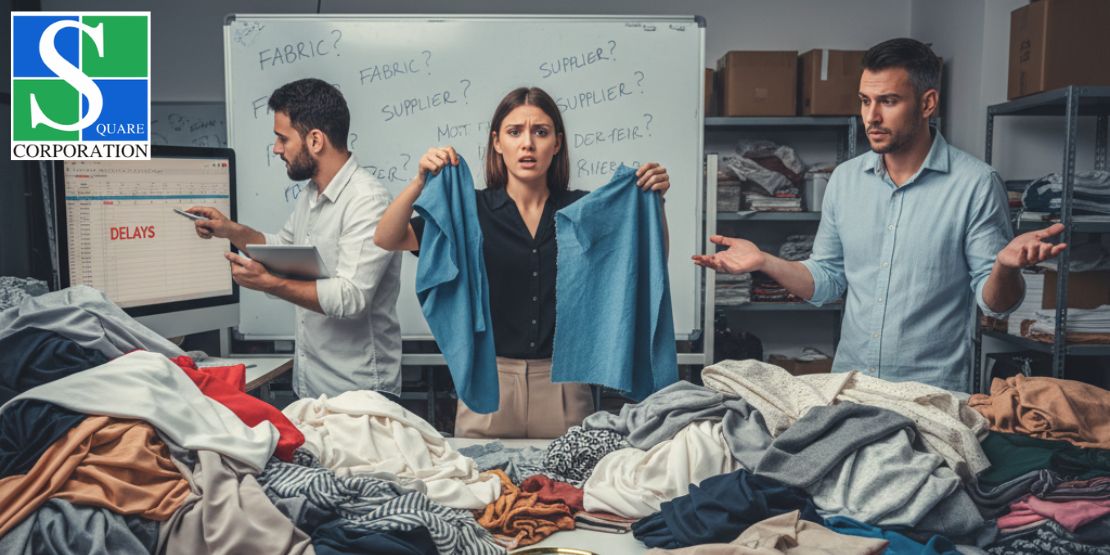30 November, 2025 | by Admin
Ultimate Guide to Spot a Fabric Defect Before You Purchase
14 September, 2025 | by Admin
Purchasing fabric for clothing, home furnishings, or craft use involves more than color, texture, or print. The majority of consumers ignore important information that can affect how soft the fabric will be, how long it will last, and how it will appear. Surface imperfections like weave defects and dye irregularities result in wasted materials, poor quality projects, and worn-out garments too quickly. Being cautious about these minor issues will lead you to the right thing and get the best return. So, with assistance from wholesale fabric suppliers in India, you will be able to solve the issue and make better-quality clothing of your own preference.
Finding defects in fabric prior to buying is a trick that spares your time and frustration. By the use of some smart knowledge and a sharp eye, you can identify normal defects such as runs, misprints, and wrong dyeing. We guide you here with the key signs to check for while buying fabric yardage or assessing the quality of a finished garment. You will shop for your materials with ease and confidence!
Various Methods of Determining a Defective Fabric
Inspection for faults like snags or weakness points that may affect quality prior to buying fabric. Inspecting first will save you time and effort and get you the best material for your work.
Inspection in the best light.
When assessing fabric, you should inspect it in daylight or under white, even light. A low-quality light source will conceal minor imperfections such as colour variation or set stains, and it is hard to make an assessment of the material’s true quality. It will take you some time to see material well under a proper light source and will reveal things you would not have otherwise seen, and you will exercise your best judgment. Because you are soon going to purchase the finest linen from the leading linen fabric manufacturers in India, remember this.
Take a close look at the surface
Run your hand lightly across the face of the fabric, holding it up to examine it for hidden defects. Look for runs that catch on your fingers, pilling that creates unattractive little balls, or slobs where the yarn is bloated out or shows uneven patches. Look for holes in the weave. Check the texture; look for any rough patches or unevenness that shouldn’t be there, giving a smooth, flawless feel.
Stretch and recovery test
Grip the material carefully and slowly pull on it, letting it stretch. Release and observe the amazing resilience of a quality material as it easily snaps back to its original shape. It holds shape so well, taking care of itself against sagging or warping, and showing its integrity with every return to its original shape.
Test for any available stain marks
Carefully examine the fabric on both sides. Check for any oil stains that could spoil its look, water stains that could reflect wetness, ink stains that could reflect careless handling, or mildew marks that could reflect wetness and carelessness. Carefully observing these will ensure the quality and lifespan of your fabric.
Conclusion
Spent a few minutes scanning closely-held material before you purchase it so that you can protect yourself against costly blunders and enable you to achieve the quality that you need. Through checking for normal faults such as color variation, surface flaws, and weak areas, you’ll be making well-educated, confident buys each time.
Related Posts
25 November, 2025 | by Admin
Common Misunderstandings About Eco-Friendly Fashion...
20 November, 2025 | by Admin







